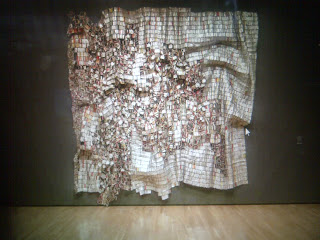
So, it has been done. Tesla Motors has created incredible autos for the modern age. Think sustainability, think electric sports car. I am so in. They made their car beautiful, fast, and ecologically sound. Unfortunately, the cars a incredibly expensive. This will change in time and as more companies get into the game.
Here is the skinny on them. Their website: www.teslamotors.com, peruse and be prepared to be amazed. I will give a summary. Seeking to create a better car, a number of engineers in Silicon Valley pooled their exceptional acumen and started to design, their goal, to produce an electric car that was better than a gasoline one. The year was 2003. In twelve years these folks were able to design, manufacture, and sell these cars. They used old school technology to create their new school cars. They reached all the way back to Mr. Electricity himself, Nicola Tesla. "The resulting Tesla Roadster was launched in 2008. Accelerating from 0 to 60 mph in 3.7 seconds and achieving a range of 245 miles per charge of its lithium ion battery, the Roadster set a new standard for electric mobility. Tesla [has sold] more than 2,400 Roadsters, now on the road in more than 30 countries. " According to their stats, Tesla Motors has 50,000 vehicles on the road worldwide. This is amazing because it is incredibly expensive to get into the auto industry game.
Imagine never having to go to a gas station again. Imagine plugging your car in at night. This is what Tesla has brought to the auto consuming public. In addition the cars a manufactured in the USA, providing jobs for lots of needy people. I have been watching this company grow since its inception. I have been impressed with their focus, mission and products. Their cars are a great example of designers who created an outstanding product by re-designing a product which is pretty much obsolete. It is true that people still by cars by the thousands or millions but cars with combustion engines are on their way out. Once the price for electric cars decrease more people will move to them to fulfill their transportation needs. If you would like to see a great film about eraly electric cars made by GM watch Who Killed The Electric Car.







